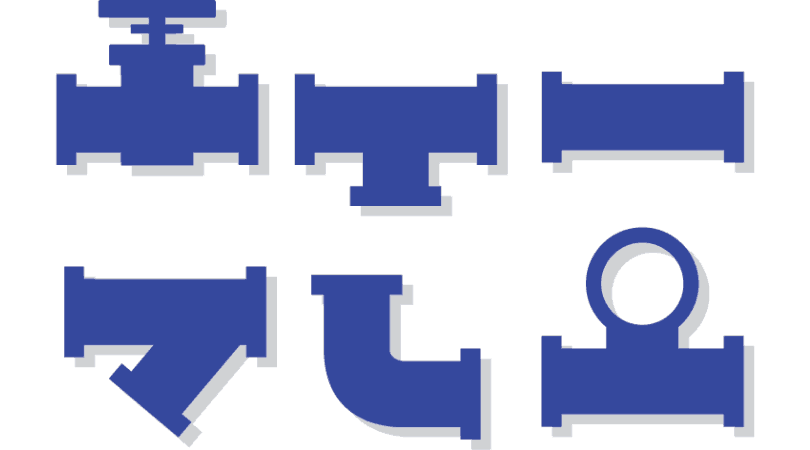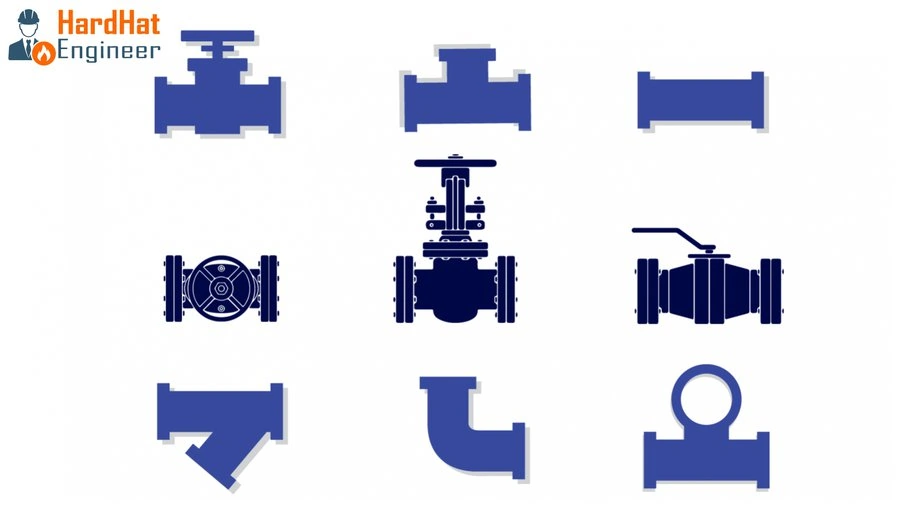Knowing the difference between Code, Standard and Specification is very important if you are working in Oil & Gas Industries. In this post, I will explain to you about code, standards, and specifications. You will also learn the difference between them. This difference is also applicable to piping.
What is the Standard?
Standard can define as a set of technical definitions and guidelines – or simply “how-to” instructions for designers and manufacturers. It gives all the requirements for the product, service, and operation.
A designer will use the standard to design the product, and a manufacturer will use the standard for the manufacturing of the product.
Standard serves as a common language for defining quality and establishing safety criteria for the product. ASTM, API, and ISO are some examples of the standard. ASTM has more than 12000 standards they cover all most everything. If you visit the ASTM website, they say that they have standards from toys to aircraft.
Why is the standard required?
let’s take the example of a mobile phone charger. If you are in the USA and traveling to India, you need an adapter to use your charger. This is because both the country follows different standards for power sockets. But your USB cables will work worldwide because they are manufactured as per the globally accepted standard.
In the case of the process industry, piping components are sourced from around the world; we want all these materials, irrespective of their country of origin should fit perfectly with each other at the site. Standard help to achieve these;
- By establishing common engineering or technical requirements for products, practices, methods, or operations that the manufacturer has to follow while manufacturing piping components.
- Standard Built confidence about product quality in the users and
- With standardization cost of production will reduce as you can produce in bulk for global markets.
What is the Code?
When governmental bodies adopt the standard and become legally enforceable, or when it has been incorporated into a business contract, the standard will become a code.
ASME Codes are legally enforceable in many US states. Whereas, in the other part of the world, they are not legally enforceable, but such countries have similar codes.
Please note that the requirements mentioned in the code will only be mandatory requirements if
- The Code is adopted as law by a regulatory body
- It is a part of the business contract
Otherwise, the Code will serve as generally accepted guidelines for design, fabrication, construction, and installation,
However, all most all process facility follows various American code and Standard in addition to their national standard.
- Examples of the codes are ASME Boiler and Pressure Vessel Code, BS, DIN, etc.
Piping Component Quiz – Test yourself, Take This Quiz
Unlock New Skills with Our Best Selling Online Courses
Why is a Code required?
- Code Provides a set of rules that specify the minimum acceptable level of safety & Quality for manufactured, fabricated, or constructed goods.
- Codes also refer to standards or specifications for the specific details on additional requirements that are not specified in the Code.
What is a Specification?
Specifications provide specific/additional requirements for the materials, components, or services that are beyond the code or standard requirements.
- For Example, if you want an A106 Gr B pipe with Maximum carbon of 0.23% against standard requirements of 0.3% Max, you have to specify your requirement in your specification or Purchase Order.
- The specification is generated by private companies to address additional requirements applicable to a specific product or application.
Why is Specification required?
- It allows a purchaser to include special requirements as per design and service conditions.
- It allows customizing your product.
- Please note the requirements in the specification are must meet requirements
- Examples- Product specification, Shell DEP & EIL Specification
Difference Between Code, Standard, and Specification in Piping.
| CODE | STANDARD | SPECIFICATION |
|---|---|---|
| Enforceable by Law or by contract | Globally accepted “how to instruction” | Must meet requirements by Contracts |
| Written by government or government approved body | Written by public organization or by government body | Written by private companies |
| Guidelines for design, fabrication, construction and installation | Set of technical definitions and guidelines for manufacturing | Additional requirements, beyond code & standard |
| ASME, BS, IS, DIN | ASTM, SAE, ISO | Shell DEP, EIL Spec. |
Learn about what is the difference between Piping and pipeline.
Are You Piping Components Master?



